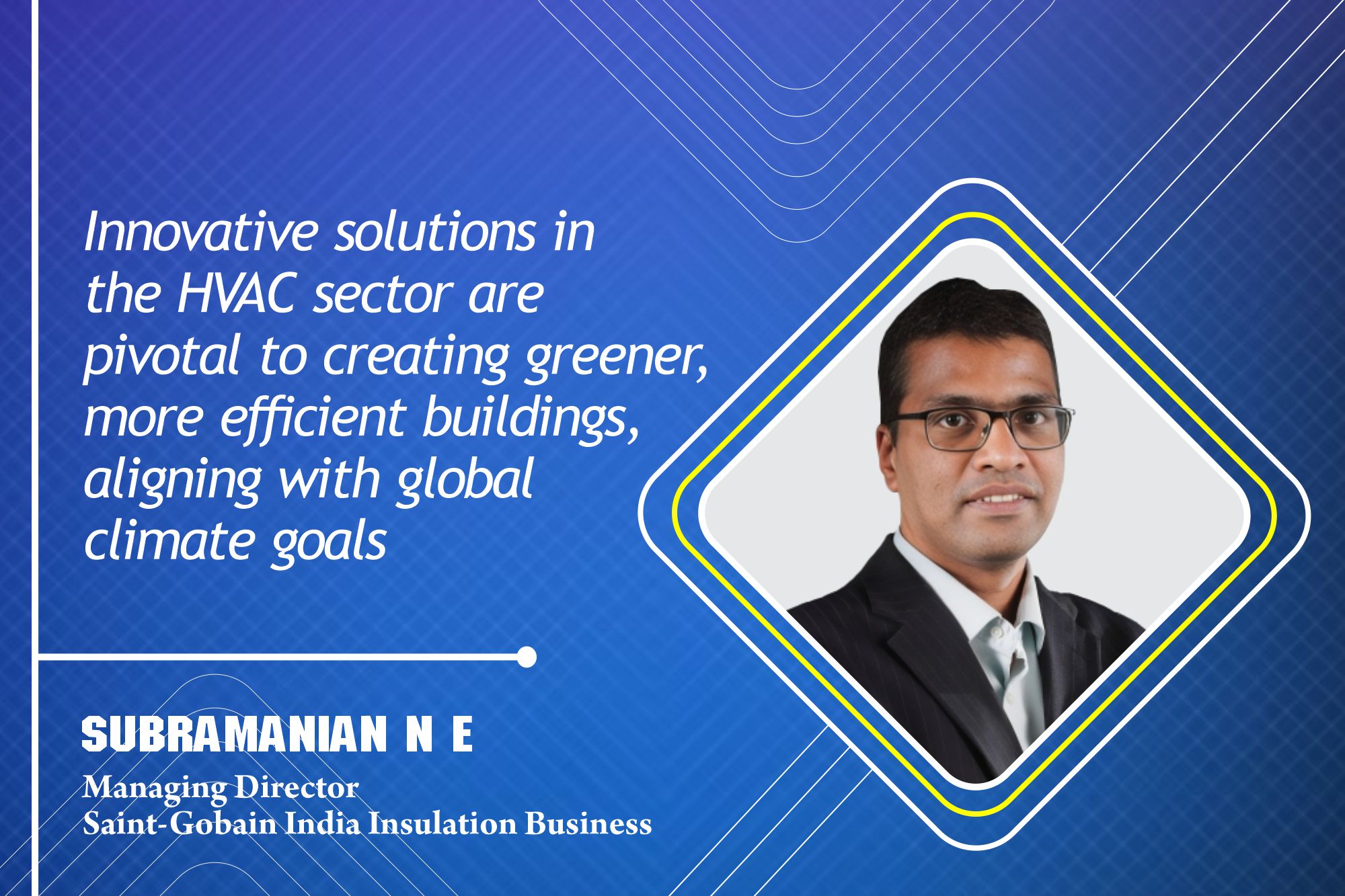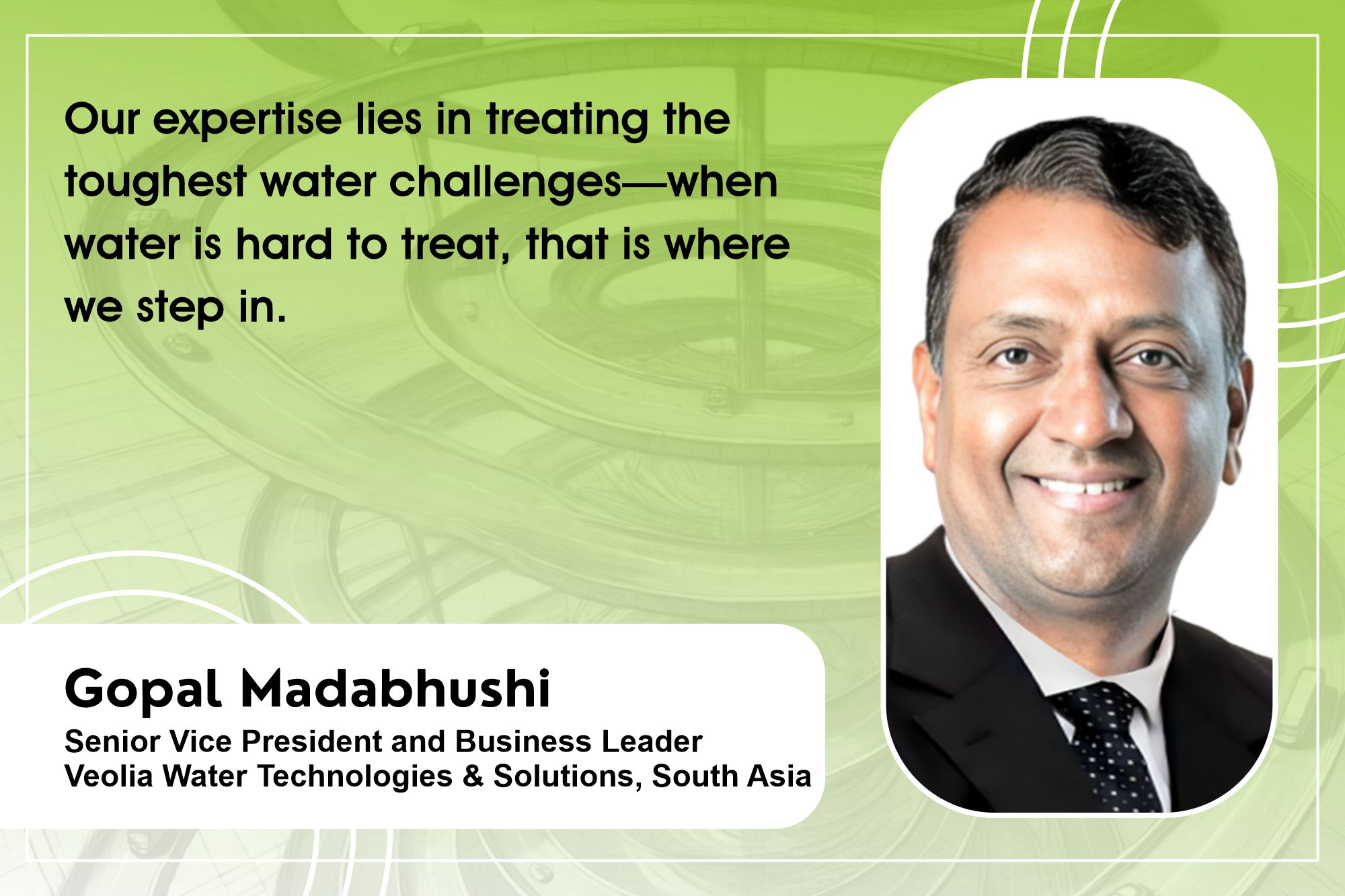Innovations in HVAC technology for sustainable infrastructure
By Staff Report | November 21, 2024 4:05 pm SHARE

HVAC systems, responsible for a significant share of energy consumption in buildings, are being redefined through innovation to enhance efficiency and reduce emissions. This article explores HVAC technology’s pivotal role in creating greener, healthier urban environments.
In the face of accelerating urbanisation and growing concerns around climate change, sustainability in infrastructure has emerged as a critical necessity. With cities expanding and energy consumption rising, industries must find innovative ways to create greener, more efficient buildings. HVAC systems, which account for a significant portion of energy use in modern infrastructure, are central to this challenge. As developers, contractors, and building owners seek to reduce their environmental footprint, the HVAC sector is being redefined by advancements to optimise energy efficiency, reduce emissions, and enhance overall building performance.
The importance of HVAC systems in maintaining thermal comfort, ensuring indoor air quality, and controlling energy use cannot be overstated. According to industry reports, HVAC systems contribute nearly 60% of energy consumption in commercial and residential buildings, making their efficiency a key lever in reducing energy costs and achieving sustainability goals. The push for energy-efficient technologies, alongside increasingly stringent building codes and regulations, has encouraged a wave of innovation in HVAC design and materials.
In this context, the United Nations’ Sustainable Development Goals (SDGs) have become a guiding framework for industries. SDG 9, which focuses on building resilient infrastructure and promoting sustainable industrialisation, underscores the importance of adopting technologies that minimise environmental impact. In the HVAC industry, this translates to systems that meet and exceed regulatory energy standards, promoting energy savings, reducing carbon emissions, and supporting healthier, more sustainable environments.
One major area of innovation is the development of pre-insulated duct systems, such as Saint-Gobain’s Climaver Duct Boards, which streamline the HVAC installation process and enhance energy efficiency. These systems are designed to minimise the need for traditional metal ducting, which is high on carbon emissions combined with separate insulation. This allows quicker, more cost-effective installations while delivering superior thermal and acoustic performance. Lightweight, flexible, and easy to install, they address the modern demand for solutions that speed up construction timelines without compromising quality.
As sustainability becomes more integral to business strategies, companies also prioritise using recycled materials in manufacturing. This aligns with the growing emphasis on the circular economy, which encourages reducing resource consumption, reusing materials, and minimising waste. HVAC systems incorporating sustainable practices in their production—such as using recycled content—are becoming increasingly attractive to developers aiming to achieve green building certifications and meet environmental targets.
Fire safety remains a paramount concern in HVAC systems. High-performance systems must improve energy use and meet stringent fire safety standards to protect building occupants in an emergency. As buildings become more sophisticated and complex, HVAC systems must evolve to offer comprehensive solutions that balance safety, performance, and environmental responsibility.
The HVAC industry is at the forefront of technological advancements shaping sustainable infrastructure’s future. Through continuous innovation, we are seeing the rise of systems that address the pressing need for energy efficiency, fire safety, and speed in construction. With evolving building codes such as the National Building Code (NBC) and the Energy Conservation Building Code (ECBC) and growing awareness around climate change, the drive for sustainable HVAC solutions will only accelerate, ensuring that future buildings are designed not only for comfort and functionality but also for the health of the planet.
Cookie Consent
We use cookies to personalize your experience. By continuing to visit this website you agree to our Terms & Conditions, Privacy Policy and Cookie Policy.




































-20240213125207.png)

























